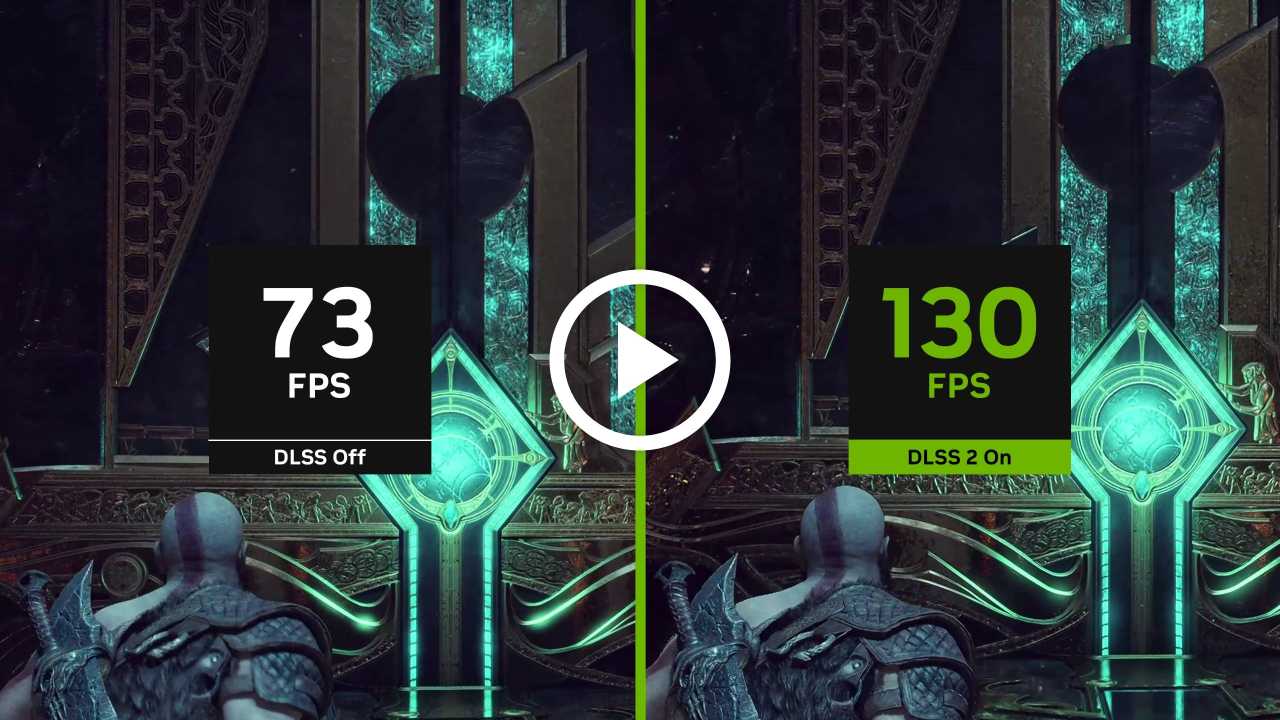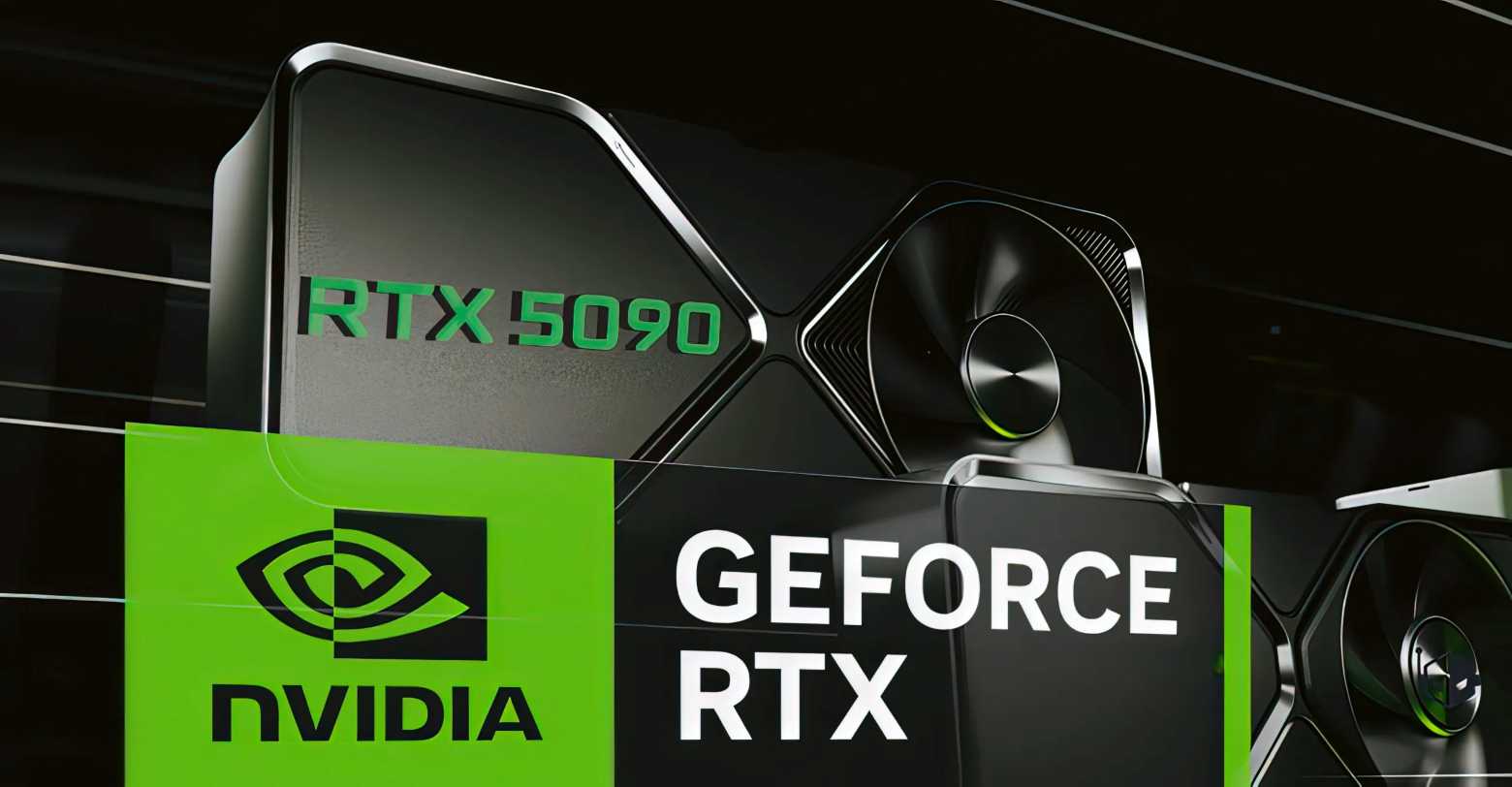Giveaway Best – The NVIDIA GeForce 2025 lineup ushers in a new era of GPU performance, power efficiency, and visual fidelity. At the core of this evolution lies NVIDIA’s next-generation architecture, codenamed Blackwell, designed to redefine expectations in gaming, content creation, and AI-accelerated workflows. The Blackwell architecture is not just an incremental upgrade—it’s a paradigm shift in how graphics cards process data, render scenes, and support AI-driven features.
With a refined 5nm process node, NVIDIA has managed to significantly boost transistor density, enabling more cores, faster memory interfaces, and enhanced ray tracing capabilities. The new architecture delivers up to 2.5x performance improvements over the Ada Lovelace generation in certain workloads while maintaining power consumption within acceptable limits thanks to an overhauled power efficiency model.
A Glimpse Into the 2025 Flagship: GeForce RTX 5090
The GeForce RTX 5090 headlines the 2025 series and sets a new benchmark for ultra-performance graphics cards. Equipped with a staggering 24,576 CUDA cores, over 96 RT cores, and 192 Tensor cores, the RTX 5090 offers real-time 4K and 8K gaming performance that was previously unachievable.
The card boasts 32GB of GDDR7 memory, operating at 28Gbps, achieving bandwidths nearing 1TB/s. This allows for seamless high-resolution texture streaming and massive AI model processing with zero bottlenecks. With DLSS 4.0, the RTX 5090 leverages AI super resolution and neural rendering to upscale games beyond native resolution with crystal clarity and minimal latency.
Cooling has also been re-engineered with vapor chamber tri-fan designs, enhanced by graphene-based thermal pads to ensure sustained high performance without thermal throttling, even during marathon gaming or rendering sessions.
Mid-Range Marvel: RTX 5070 and RTX 5060 Redefine Value
For gamers and creators seeking premium performance at a moderate cost, NVIDIA delivers the RTX 5070 and RTX 5060—both showcasing the Blackwell architecture’s efficiency in a more accessible form. These GPUs include:
- RTX 5070: 12,288 CUDA cores, 16GB GDDR7, 56 RT cores.
- RTX 5060: 8,192 CUDA cores, 12GB GDDR6X, 40 RT cores.
These cards now support real-time ray tracing at 1440p, improved DLSS scaling with minimal quality loss, and AV1 dual encoders for streamers and video editors.
The power envelope has been carefully optimized, ensuring these cards run on mid-tier PSUs without thermal overhead. This balance between power and performance makes them ideal for modern AAA gaming, content editing, and even some lightweight AI applications.
DLSS 4.0: The Neural Leap Forward

NVIDIA’s DLSS 4.0 (Deep Learning Super Sampling) is a game changer in 2025. Unlike earlier iterations, DLSS 4.0 uses a Transformer-based AI model trained on billions of gaming frames. It doesn’t merely upscale—it reconstructs frames with data-driven prediction, enhancing clarity, frame rate, and realism far beyond native rendering.
DLSS 4.0 features Frame Interpolation 2.0, capable of synthesizing entire frames using surrounding temporal data, effectively doubling perceived framerates with no latency. This makes even 8K gaming viable on mid-range cards in the lineup.
AI Acceleration and Developer Tools Integration
The 2025 lineup is heavily geared toward AI acceleration, with every GPU supporting dedicated neural cores optimized for large model inference, generative AI, and machine learning workloads. Whether users are training neural nets in TensorFlow, deploying Stable Diffusion models, or exploring AI-driven game mechanics, the new GeForce series ensures desktop-class AI compute at consumer prices.
For developers, NVIDIA also introduces RTX AI Toolkit 2.0, featuring APIs that simplify AI game design, neural rendering, and VR/AR model training. Enhanced support for CUDA 13 and cuDNN 9 ensures seamless backward compatibility and future scalability.
Connectivity and Display Technologies
The GeForce 2025 GPUs come with DisplayPort 2.1 UHBR 20, allowing for 8K 240Hz or dual 4K 240Hz output with full HDR10+ support. With HDMI 2.2, users can expect ultra-low latency for gaming and a full bandwidth pipeline for Dolby Vision passthrough.
Additionally, NVIDIA introduces G-SYNC Reflex Plus, a proprietary feature that reduces system latency further by directly synchronizing the GPU buffer queue with monitor refresh logic, a boon for esports and competitive gaming.
Sustainability and Power Efficiency
NVIDIA’s 2025 lineup is also designed with sustainability in mind. Thanks to advanced power gating, dynamic frequency scaling, and the integration of smart fan curves, the new GPUs achieve up to 40% power savings under load compared to their predecessors.
NVIDIA is also rolling out the GreenFrame Initiative, a software suite that helps users monitor and reduce their carbon footprint by optimizing in-game settings dynamically based on environmental impact and power draw.
Expected Pricing and Availability
While official pricing may vary by region, NVIDIA’s launch roadmap includes:
- RTX 5090: $1,699 USD
- RTX 5080: $1,199 USD
- RTX 5070: $799 USD
- RTX 5060: $499 USD
These cards are expected to hit shelves globally by Q3 2025, with priority given to Founders Edition models followed by board partner variants.
Conclusion
The NVIDIA GeForce 2025 lineup is not just a generational leap—it is a technological renaissance in graphics processing. From record-breaking performance and AI-powered gaming to sustainable design and developer-centric features, NVIDIA sets a new gold standard. As we step into an era where visual fidelity, compute capabilities, and energy efficiency converge, the 2025 GeForce series becomes an unmatched catalyst for innovation in both gaming and professional workloads.
FAQs About NVIDIA GeForce 2025 Lineup: What’s New and What to Expect
1. What is the most powerful GPU in the NVIDIA GeForce 2025 lineup?
The GeForce RTX 5090 is the flagship model, featuring unprecedented CUDA core counts, 32GB GDDR7 memory, and cutting-edge AI capabilities.
2. Does DLSS 4.0 significantly improve gaming performance?
Yes, DLSS 4.0 offers transformative improvements through AI-driven frame reconstruction, enabling higher framerates and superior image quality, especially in 4K and 8K resolutions.
3. Are the RTX 5060 and RTX 5070 suitable for AI applications?
Absolutely. Both cards feature enhanced Tensor cores and are optimized for AI inference, machine learning, and generative workloads.
4. What are the new connectivity features in the 2025 GPUs?
The lineup includes DisplayPort 2.1 UHBR 20 and HDMI 2.2, supporting high refresh rates, low latency, and full HDR capabilities.
5. When will the NVIDIA GeForce 2025 series be available?
The cards are expected to launch globally in Q3 2025, with initial stock focusing on Founders Editions before broader third-party releases.

